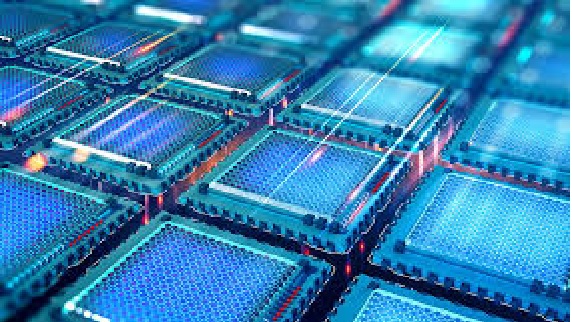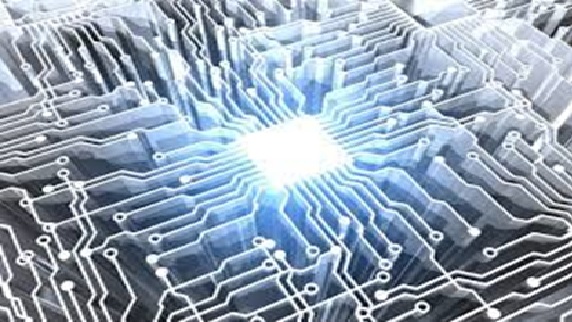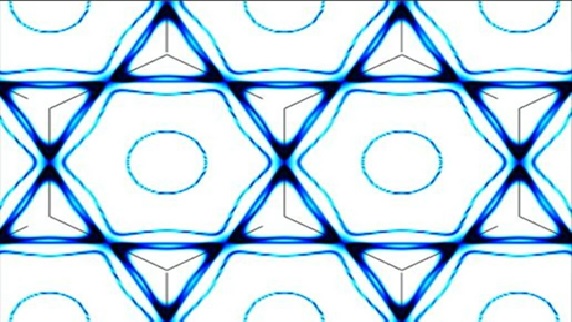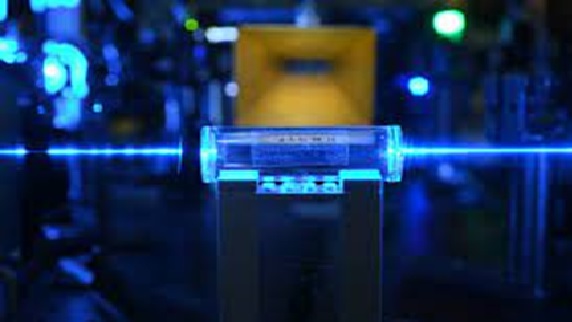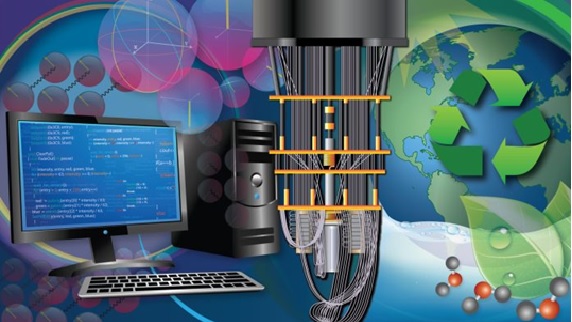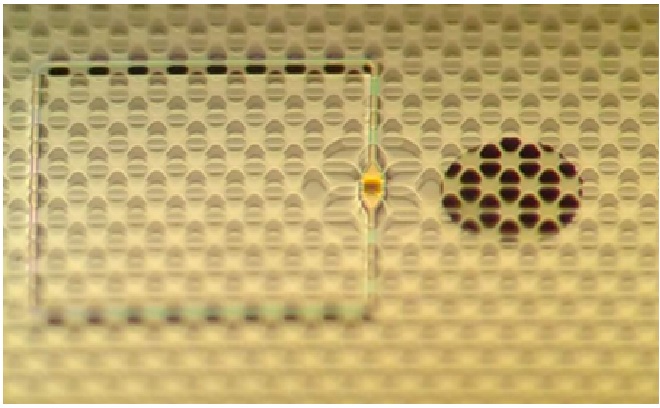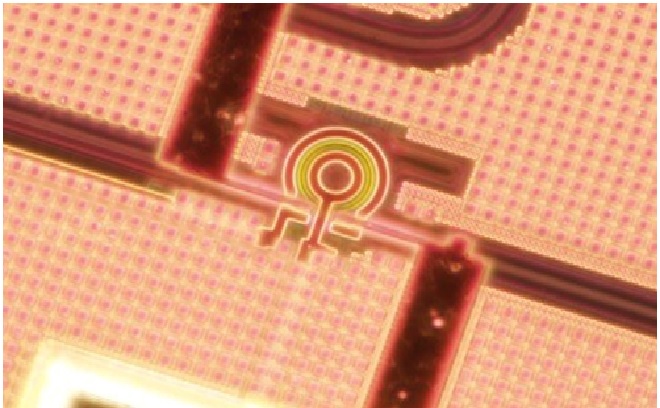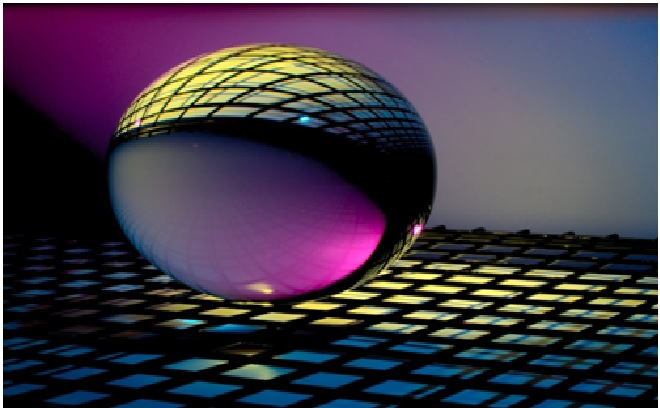New Quantum Physics Exposed by Ultracold Gas Bubbles on The SpaceStation
Scientists have successfully blown small, spherical gas bubbles cooled to a millionth of a degree above absolute zero in NASA’s Cold Atom Lab aboard the International Space Station, the lowest temperature theoretically attainable.

Figure 1. Ultracold gas bubbles on the space station
Figure 1 shows that the purpose of the experiment was to see how ultracold gas behaved in microgravity, and the findings could lead to studies with Bose-Einstein condensates (BECs), the fifth state of matter.
In microgravity, gas, like liquid, coalesces into spheres, according to the test. Similar tests on Earth have failed due to gravity pulling materials into uneven droplets.
“These are not like your average soap bubbles,” David Aveline, the study’s lead author and a member of the Cold Atom Lab science team at NASA’s Jet Propulsion Laboratory (JPL) in California, said in a statement (opens in new tab).
“Nothing that we know of in nature gets as cold as the atomic gases produced in Cold Atom Lab.
The test demonstrated that, like liquid, gas coalesces into spheres in microgravity. On Earth, similar experiments have failed because gravity pulls the matter into asymmetrical droplets.
“These are not like your average soap bubbles,” David Aveline, the study’s lead author and a member of the Cold Atom Lab science team at NASA’s Jet Propulsion Laboratory (JPL) in California, said in a statement (opens in new tab).
“So, we start with this very unique gas and study how it behaves when shaped into fundamentally different geometries,” Aveline explained. “And, historically, when a material is manipulated in this way, very interesting physics can emerge, as well as new applications.”
Now, the team plans to transition the ultracold gas bubbles into the BEC state, which can exist only in extremely cold temperatures, to perform more quantum physics research.
"Some theoretical work suggests that if we work with one of these bubbles that is in the BEC state, we might be able to form vortices — basically, little whirlpools — in the quantum material," said, Nathan Lundblad.
Such experiments are possible only in the microgravity of the Cold Atom Lab, which comprises a vacuum chamber about the size of a minifridge.
"Our primary goal with Cold Atom Lab is fundamental research — we want to use the unique space environment of the space station to explore the quantum nature of matter," said Jason Williams.
References:
- https://www.bollyinside.com/news/strange-new-quantum-physics-could-be-revealed-by-bubbles-of-ultracold-gas-on-the-space-station
- https://masterjitips.com/ultracold-gas-bubbles-on-the-space-station-could-reveal-strange-new-quantum-physics/
- https://www.space.com/ultracold-bubbles-on-space-station
Cite this article:
Sri Vasagi K (2022), New Quantum Physics Exposed by Ultracold Gas Bubbles on The Space Station, AnaTechMaz, pp.39



